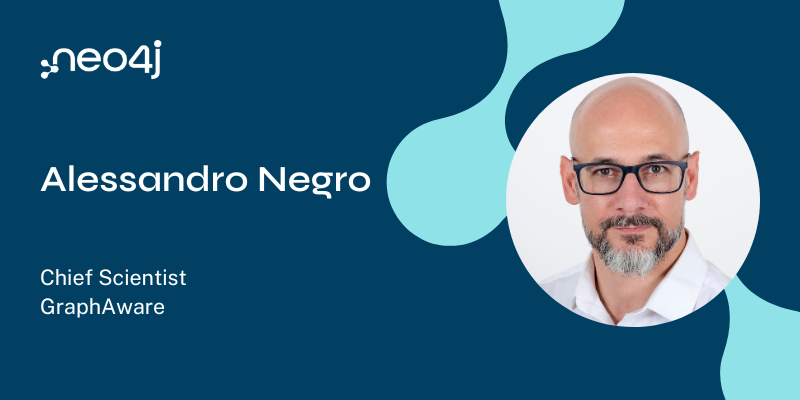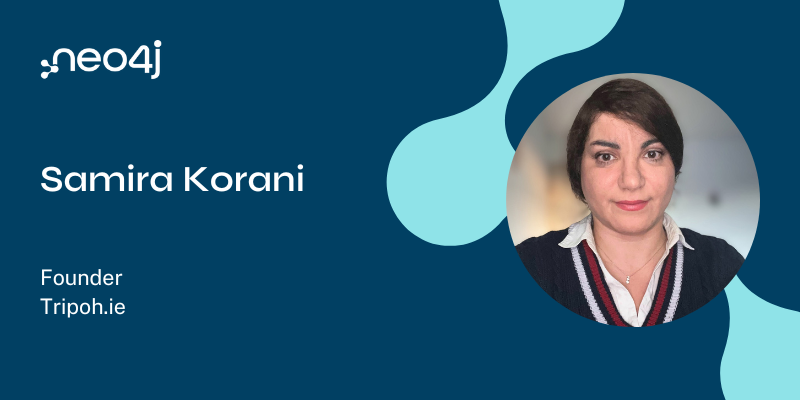This Week in Neo4j – Building a low-code platform, Beer Recommendations, Building A GRANDstack Real Estate Search App

Developer Relations Engineer
3 min read

Hi graph gang,
In this week’s video, Will Lyon starts a series showing how to build a GRANDstack Real Estate Search App.
Tomaz Bratanic explores the Node2vec embedding algorithm, Dan Flavin solves a triangle counting brain teaser, and Stefan Dreverman starts a blog series on building a low-code platform.
And finally, Mike Lam builds a collaborative filtering based recommendation engine based on beer data extracted from brewDB’s Open API.
Featured Community Member: Stefan Dreverman
This week’s featured community member is Stefan Dreverman. He’s working as a freelance IT consultant in the Netherlands mostly as an architect in larger companies and public institutions.

Stefan Dreverman – This Week’s Featured Community Member
Stefan has been a member of the Neo4j community for a long time. In the past he already published articles and series, including “Building a Questionnaire with Neo4j” and Analysing CoinMarketCap data.
This month he’s started writing a new blog series on building a low-code platform with Neo4j. You can read more about that below. I’m looking forward to learning more about that topic.
On behalf of the Neo4j community, thank you for all your work Stefan!
Building A GRANDstack Real Estate Search App: Part 1 | Getting Started With Neo4j GraphQL & Netlify
This week’s video is part of a series by Will Lyon showing how to build a GRANDstack Real Estate Search App.
In this first video, Will explains how to build the skeleton of a GRANDstack application and then deploys it to the cloud. You can watch the ongoing series live weekly on our Twitch Channel.
Node embeddings: Node2vec with Neo4j

In Tomaz Bratanic’s latest blog post he explores the Node2vec graph embedding algorithm, with the help of Kaggle’s Spoonacular Food Dataset.
Tomaz combines the Graph Data Science random walk algorithm with the gensim Word2vec algorithm to generate embeddings for each food item. He then creates a food similarity graph using Cosine Similarity, before finding communities of food items using the Label Propagation algorithm.
Building a low-code platform with Neo4j: Outline

Stefan Dreverman has started a blog post series showing how to build a low-code platform with Neo4j.
In part 1, Stefan explains the architecture of the platform and describes the unique attributes of the low-code approach.
Node2vec, Contact tracing testbed, Dr Alexander Jarasch interview

- Dan Flavin shows how to use Neo4j and some variable length Cypher queries to solve a triangle counting brain teaser.
- Volodymyr Miz created SparkWiki, a set of tools for loading Wikipedia articles into Neo4j.
- Rik Van Bruggen shows how to create a contact tracing testbed using Neo4j and Faker.
- ODBMS Industry Watch has an interview with Dr Alexander Jarasch, Head of Data and Knowledge management at the German Center for Diabetes Research (DZD) and founding member of CovidGraph.
- In M. David Allen’s latest blog post, he shows how to look at a network of related companies, and compute the total value of a trading relationship, or impact if a company goes out of business.
Beer Recommendations using Collaborative Filtering with Neo4j

Mike Lam has built a collaborative filtering based recommendation engine based on beer data extracted from brewDB’s Open API.
Mike explains how to compute user similarity using Euclidean Distance based on beer ratings, before generating recommendations based on the preferences of users most similar to us.
Tweet of the Week
My favourite tweet this week was by Infinia ML:
“I definitely think we need a public conversation about what our expectations are for AI.”
Watch the interview with @neo4j‘s @amyhodler on #MachineMeetsWorld.#machinelearning #artificialintelligence #aiaccountability #graphshttps://t.co/sGK2UfRL7k
— Infinia ML (@InfiniaMl) June 17, 2020
Don’t forget to RT if you liked it too!








